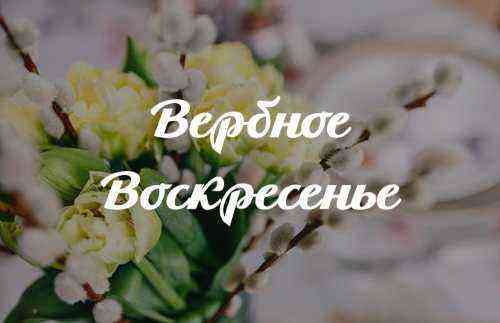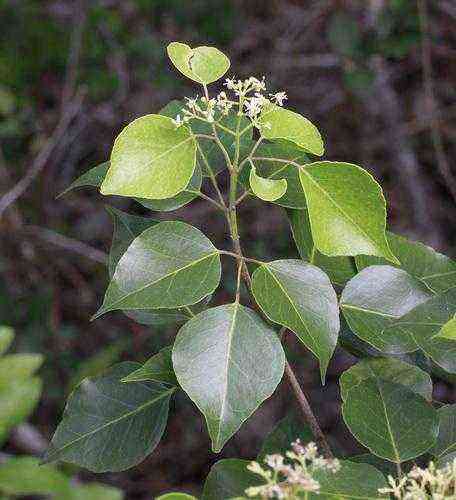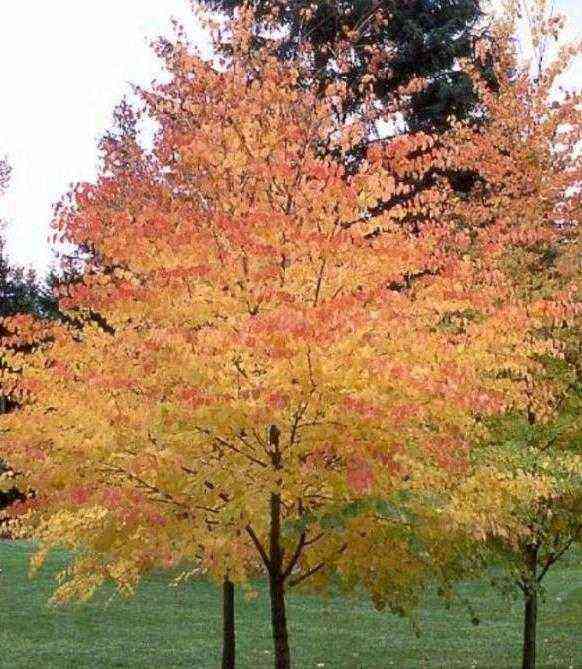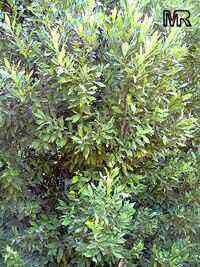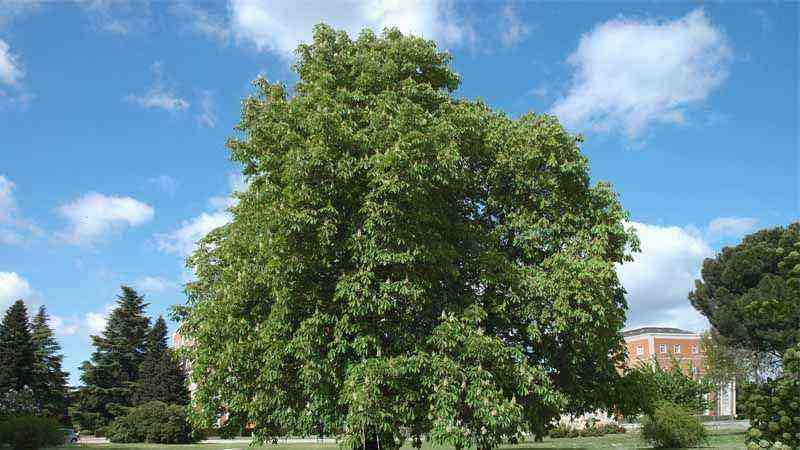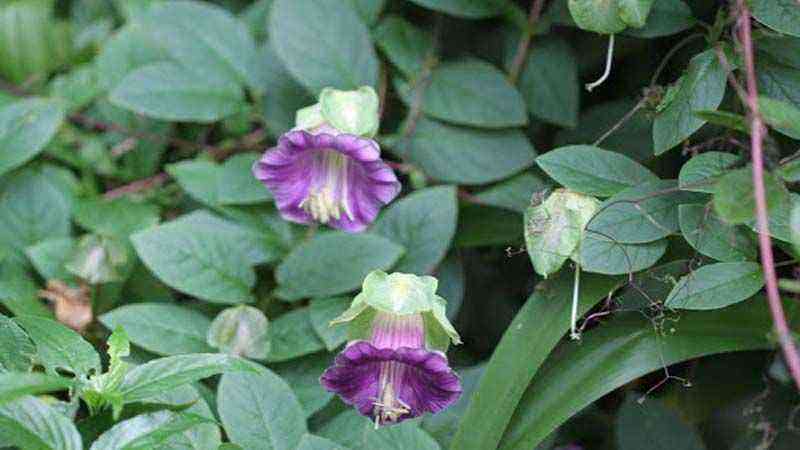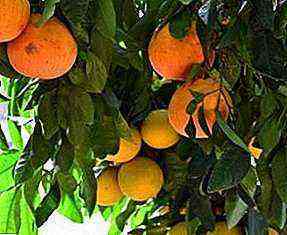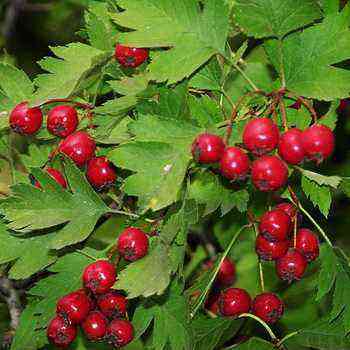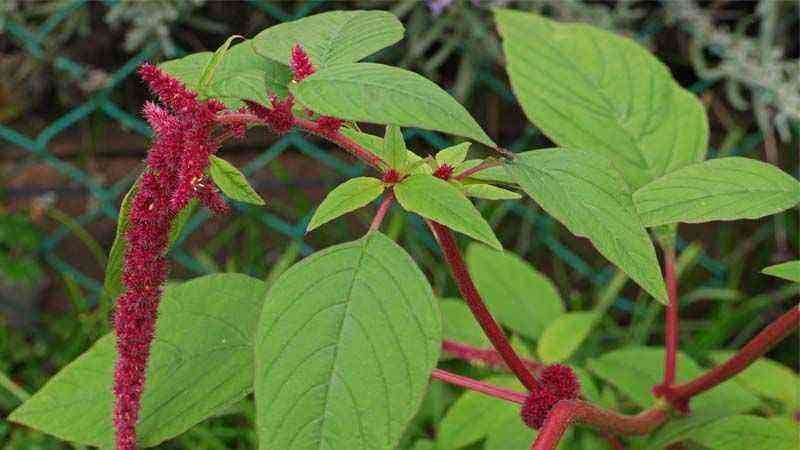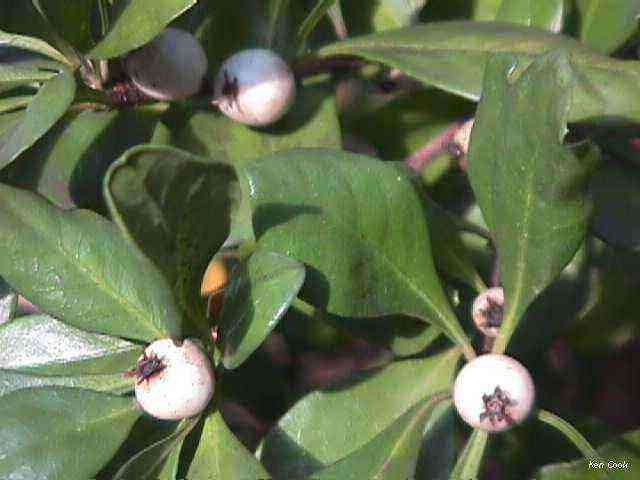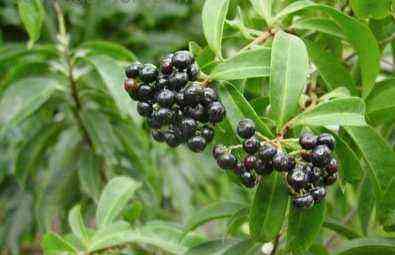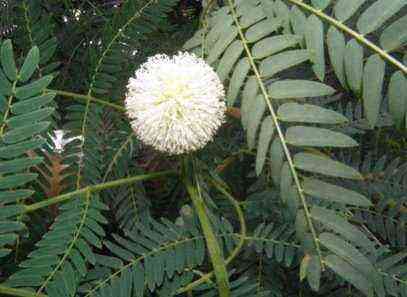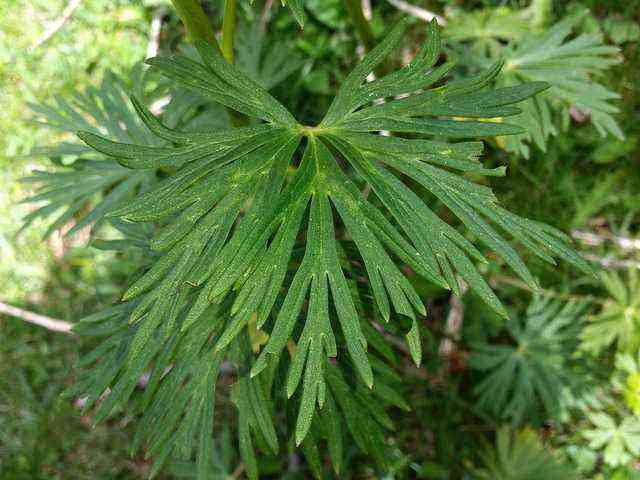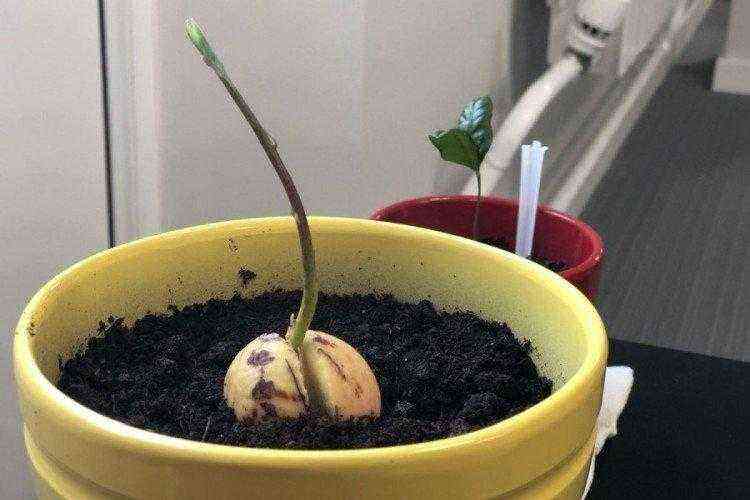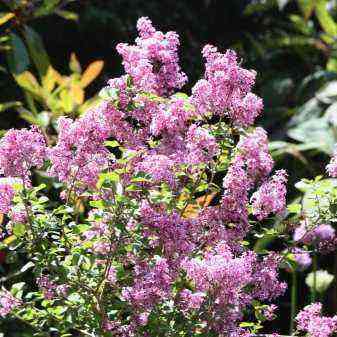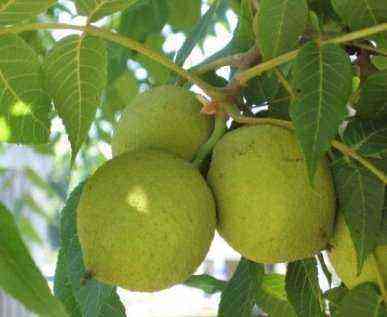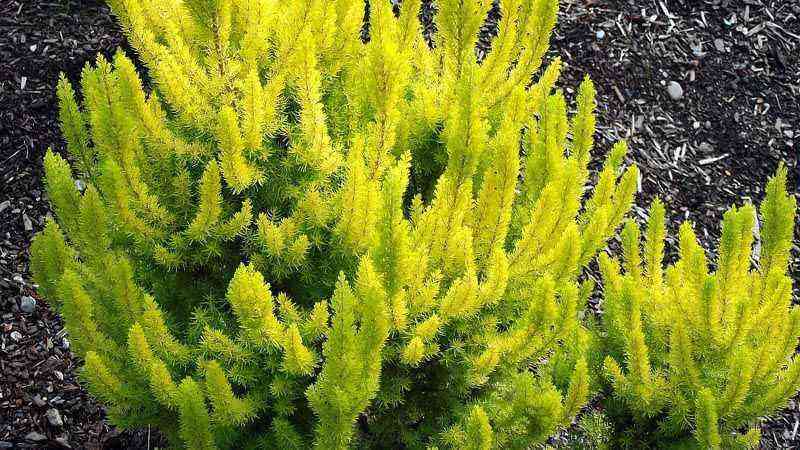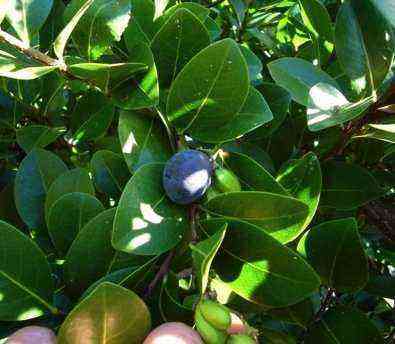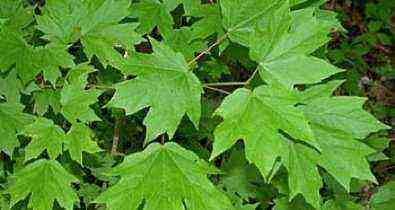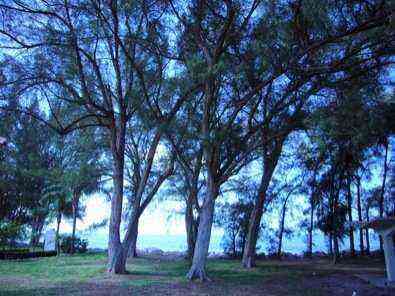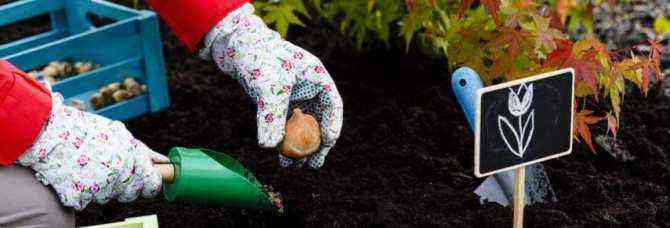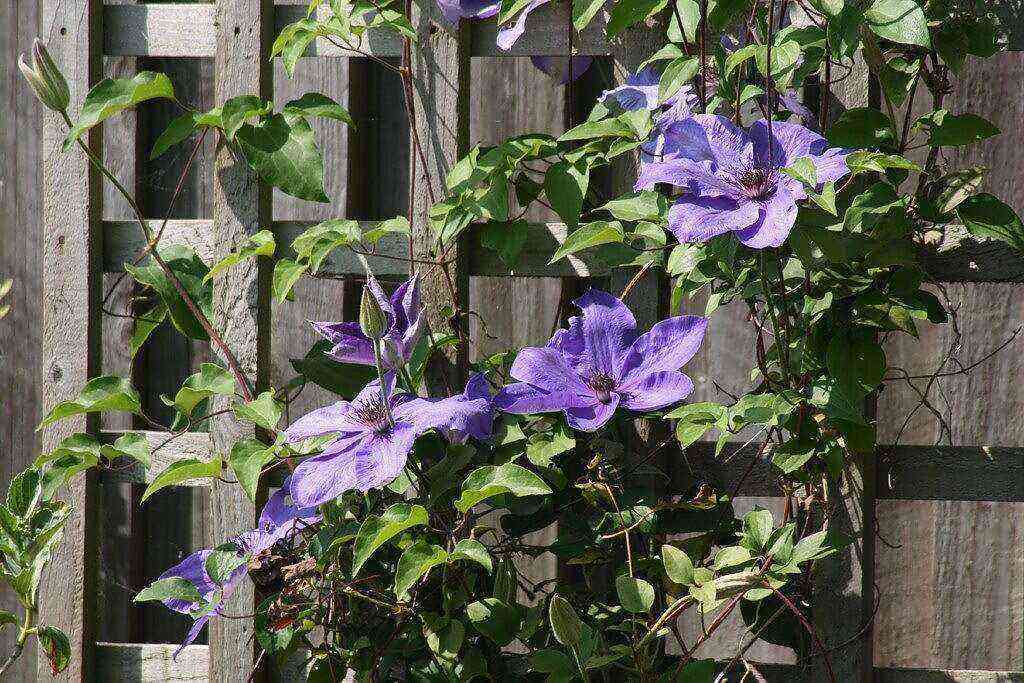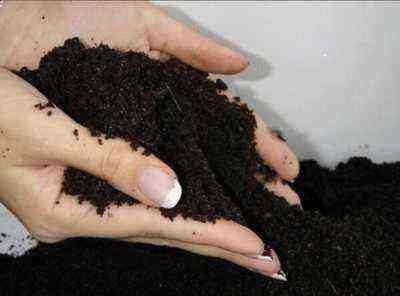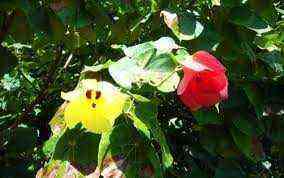We hadn’t said anything about the garden for a long time. Now that spring is beginning, it is the perfect time to plant new things around the garden. If you are wondering what kind of shrub to put in that soulless hole in the garden, don’t look for your typical or usual hedges. See what you think of this Rusco or also called Lesser holly. Its almost permanent flowering and evergreen will add a touch of color in winter.
The butcher’s broom is called lesser holly or acebillo, although there is no similarity.
Morphologically, when we observe a butcher’s broom we see “leaves” (later on I will tell why I put leaves in quotation marks) with a certain pointed appearance and red berries on the female bushes that bear fruit in winter … said like this, of course we would think of a holly, right? Taxonomically or botanically speaking, they only look alike in that they are plants.
They do not share gender, family, or even sub-kingdom. Funny, but that’s the way it is. Holly is Ilex aquifolium.
El rusco o lesser holly es Ruscus aculeatus. In fact, it looks more like asparagus than holly, and no, I’m not kidding. It belongs to the Asparagaceae family. I do not think it is necessary to say more … From this clarification, let’s start talking a little more about the butcher’s broom.
The butcher’s broom and its «routine» …
Traditionally, it has been used for certain properties that have their reason in a very specific molecule: Routine. Rutoside is a flavonoid (a very broad group of molecules that many plants metabolize) to which a multitude of properties are attributed, from anti-inflammatory to anti-cancer.
The veracity of the properties is left to the biochemical and pharmaceutical experts since much has been said and unsaid about flavonoids and their supposed benefits.
The industry has literally lined itself up with flavonoid-rich functional foods and nutritional supplements that later turned out to be mere placebo with no demonstrable effects.
It is true that I recently read a study on the bioactivity of Rusco extracts and compounds, a study carried out by various research institutes and universities in Germany and Serbia. This study was carried out under very specific conditions of microbiological cultures of a large number of bacteria to see, in isolation, the bactericidal properties of some of these extracts, including rutin. The results are promising, but as we say, they are tests of isolated compounds in controlled culture media. The effect in humans was not evaluated. For this article I remembered the Rusco and that is why I am writing these lines today.
Here is the link to the article: Bioactivity of the extracts and compounds of Ruscus aculeatus L. and Ruscus hypoglossum L.
Characteristics that make the butcher’s broom a very special shrub
Its rhizomatous nature
First of all, we have to say that it is a plant rhizomatous and as such we must know that it has underground stems from which flower stems emerge. They are plants that tend to expand easily thanks to this characteristic.
The best known example of a rhizomatous plant may be ginger. Actually, what we take advantage of from ginger is not the root but a rhizome, actually a stem. The butcher’s broom shares this underground morphology with ginger.
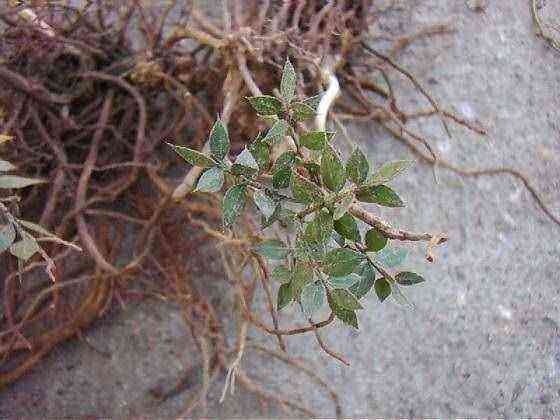

Photo de arslanzirai.en.ec21.com
What are leaves and what are not leaves in a butcher’s broom
There is a very curious leaf structure that is not seen very often. It is called filoclado and although it looks like a leaf, it is not. It is often said that they are the false leaves of the butcher’s broom. It is actually one more part of the stem with a single thorn at the end.
Flowers come out of this filoclado, the most striking characteristic of this plant. The flower does not have great ornamental value, although the mere fact that it appears to emerge from a supposed leaf is enough to keep an eye on it and be surprised.
It is a dioecious plant (like holly) so we will have plants with a male flower and plants with a female flower. If we want to plant it in the garden, we must make sure we have both! … The berries do not fruit by magic !.


Photo by asturnatura.com
Evergreen, striking red but toxic berries… watch out.
An evergreen shrub, it always gives color in the most lethargic seasons of the plant world (usually winter). With this shrub with green leaves and stems, we ensure a certain chlorophyll color during the long winter periods.
Its globose, deep red berries are what really decorate the bush and make it reminiscent of holly. Be careful because they are toxic and can give us quite serious gastroenteritis.
It blooms practically all the year, which makes her very attractive
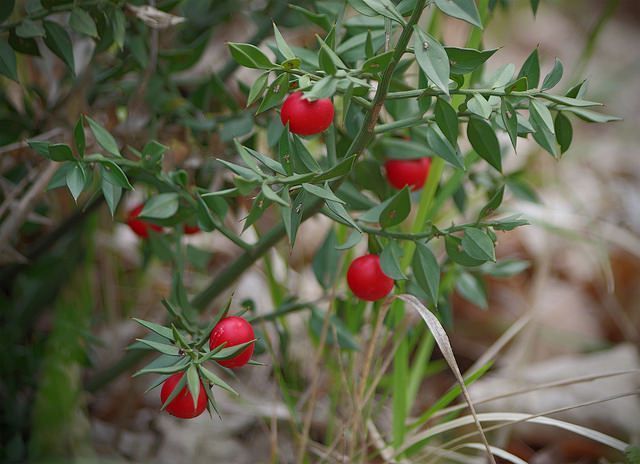

Foto de Katya
Let’s talk about the cultivation needs of the butcher’s broom
Temperature and light
This shrub needs shady or semi-shady conditions, avoiding direct sun as much as possible. It is rustic but it can suffer in winter if the frosts are very severe and continuous.
It is not a very suitable shrub for mountain climates where temperatures easily drop from -5 0 -10ºC.
Soil and irrigation
It prefers neutral soils tending to slightly acidic, typical of wooded areas, dense with shady and humid vegetation, although it also supports certain alkalinity and dry soils. The rusticity in terms of soil is more than assured.
[alert style = »yellow»] In winter it hardly needs watering. In the summer periods, if it is not in a very humid area, it will be necessary to provide regular watering. In any case, it has a certain tolerance to drought although it is not advisable to get too confused. [/ Alert]
Multiplication. Plagues and diseases
To multiply it and achieve a hedge effect, it should be done in spring by cutting or dividing the bush. If it is done by cuttings, it will be necessary to wait for it to take root in a pot and then transplant when the root system has developed. One of the advantages of this hedge is that its rusticity against pests and diseases is very high.
It is not as delicate a plant as other more famous garden plants.
